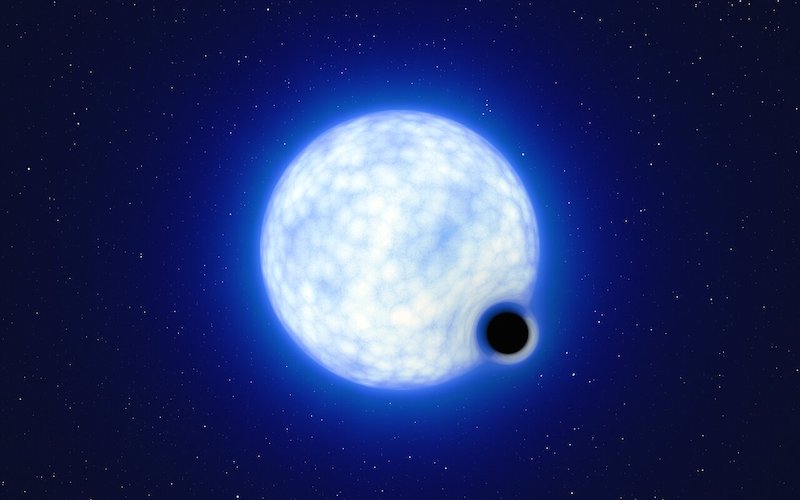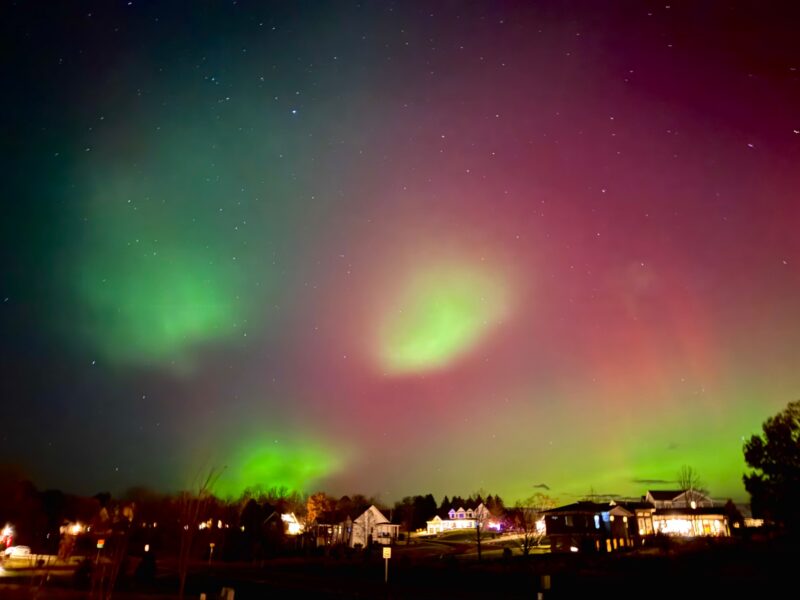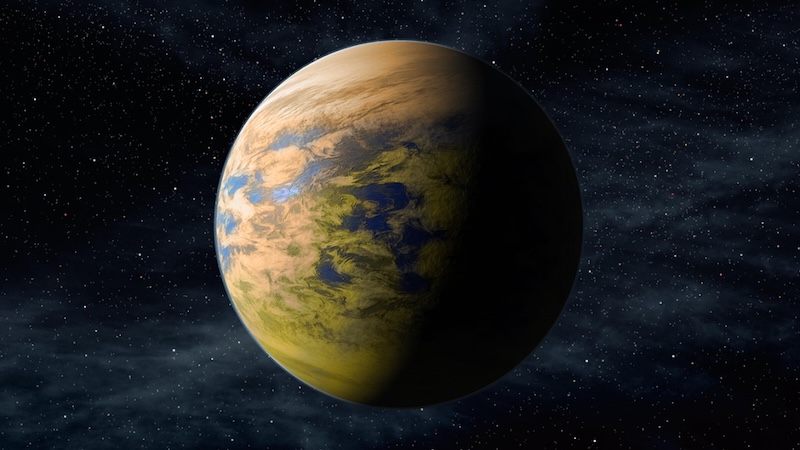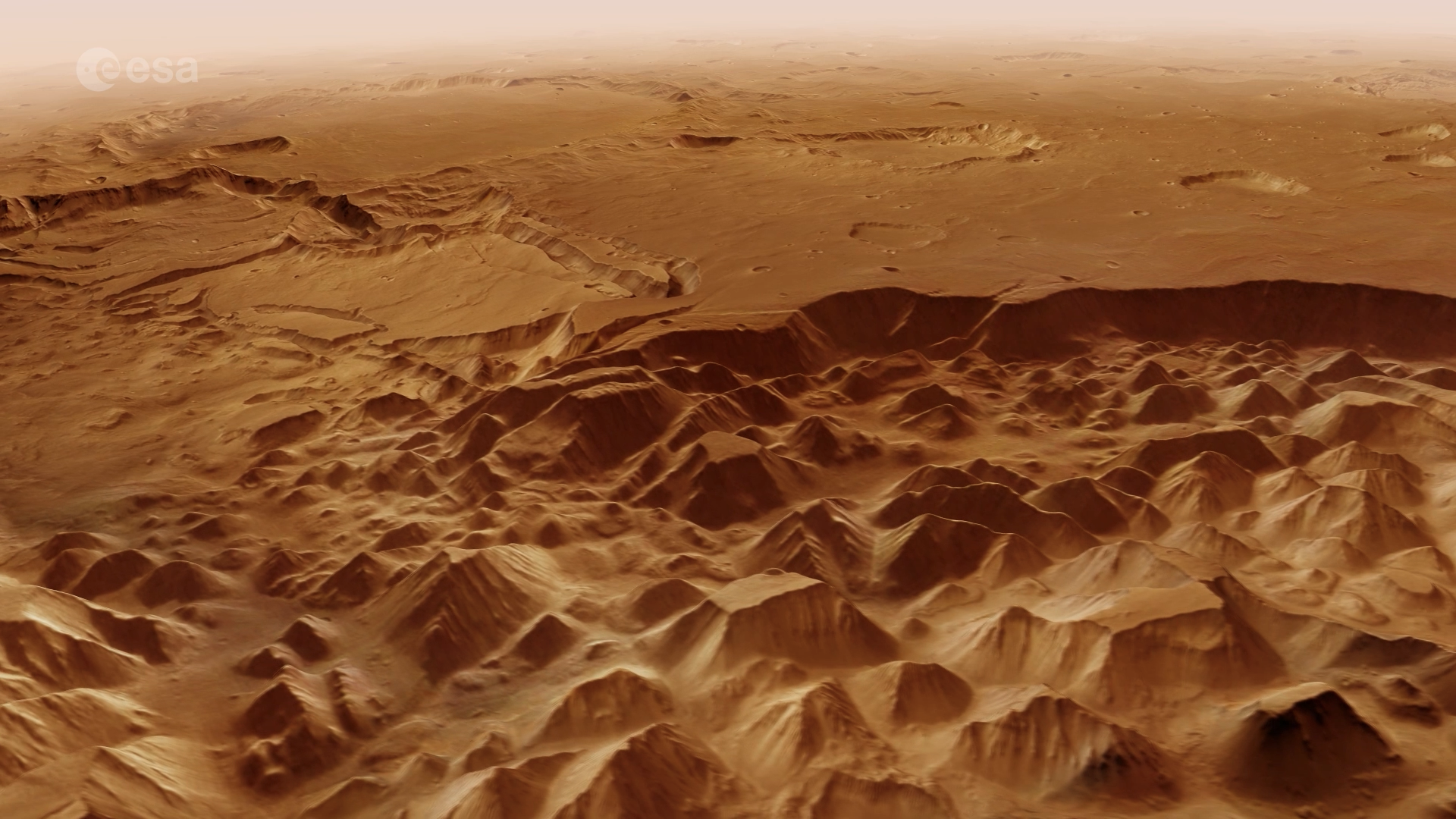Now Reading: Rogue planet found growing at astonishing record rate
-
01
Rogue planet found growing at astonishing record rate
Rogue planet found growing at astonishing record rate
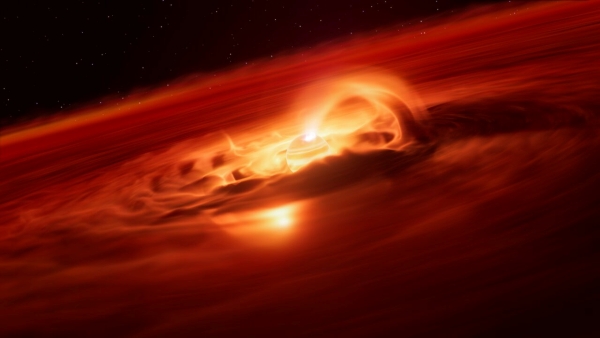
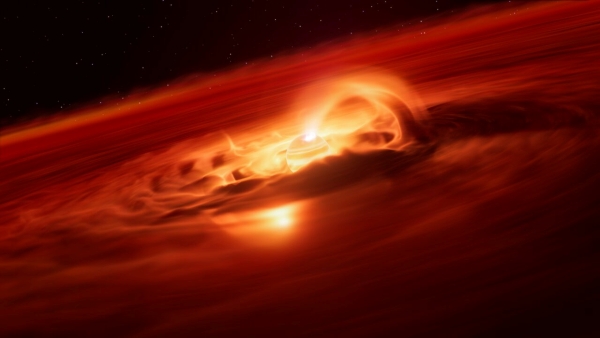
Rogue planet found growing at astonishing record rate
Astronomers have identified an enormous ‘growth spurt’ in a rogue planet. That is, a free-floating planet that’s not tethered to a star.
The new observations, made with the European Southern Observatory’s Very Large Telescope (VLT) and announced on October 2, 2025, reveal that this free-floating planet is eating up gas and dust from its surroundings at an astonishing rate of 6 billion tons a second. In fact, that’s the strongest growth rate ever recorded for a rogue planet, or a planet of any kind.
Víctor Almendros-Abad, lead author of the new study, said:
People may think of planets as quiet and stable worlds, but with this discovery we see that planetary-mass objects freely floating in space can be exciting places.
Almendros-Abad and his team published the study on October 2 in the peer-reviewed journal The Astrophysical Journal Letters.
A huge, hungry rogue planet
The newly studied object has a mass five to 10 times that of Jupiter. It’s located about 620 light-years away in the constellation Chamaeleon.
Officially named Cha 1107-7626, this rogue planet is still forming and is feeding from a surrounding disk of gas and dust. This material constantly falls onto the free-floating planet in a process scientists call accretion. However, the team has now found that the rate at which the young planet is accreting is not steady.
By August 2025, the planet was accreting about eight times faster than just a few months before, at a rate of 6 billion tons per second. Almendros-Abad said:
This is the strongest accretion episode ever recorded for a planetary-mass object.
A clue to the origin of rogue planets?
In addition, the finding could offer valuable insight into how rogue planets form and grow. Co-author Aleks Scholz said:
The origin of rogue planets remains an open question: are they the lowest-mass objects formed like stars, or giant planets ejected from their birth systems?
The new discovery indicates that at least some rogue planets may share a similar formation path to stars, since astronomers have spotted similar bursts of accretion in young stars before. As co-author Belinda Damian explained:
This discovery blurs the line between stars and planets and gives us a sneak peek into the earliest formation periods of rogue planets.
Rogue planet behaving like a star?
By comparing the light emitted before and during the burst, astronomers gathered clues about the nature of the accretion process. Remarkably, magnetic activity appears to have played a role in driving the dramatic infall of mass. This is something astronomers have only observed in stars before. It suggests that even low-mass objects can possess strong magnetic fields capable of powering such accretion events.
The team also found that the chemistry of the disk around the planet changed during the accretion episode. The researchers detected water vapor during it but not before. Astronomers have spotted this phenomenon in stars, but never in a planet of any kind.
The faintness of free-floating planets makes them difficult to detect. But instruments like ESO’s upcoming Extremely Large Telescope (ELT) could change that. Its powerful instruments and giant main mirror will enable astronomers to uncover and study more of these lonely planets. And that could help them better understand how star-like they are. Co-author Amelia Bayo summarised:
The idea that a planetary object can behave like a star is awe-inspiring and invites us to wonder what worlds beyond our own could be like during their nascent stages.
Bottom line: Astronomers have discovered a rogue planet growing at a record rate. It’s eating up 6 billion tons of gas and dust every second.
Source: Discovery of an Accretion Burst in a Free-Floating Planetary-Mass Object
Read more: Mystery in the Orion Nebula: Pairs of rogue planets?
The post Rogue planet found growing at astonishing record rate first appeared on EarthSky.
Stay Informed With the Latest & Most Important News
Previous Post
Next Post
-
 012024 in Review: Highlights from NASA in Silicon Valley
012024 in Review: Highlights from NASA in Silicon Valley -
 02Panasonic Leica Summilux DG 15mm f/1.7 ASPH review
02Panasonic Leica Summilux DG 15mm f/1.7 ASPH review -
 03How New NASA, India Earth Satellite NISAR Will See Earth
03How New NASA, India Earth Satellite NISAR Will See Earth -
 04And Thus Begins A New Year For Life On Earth
04And Thus Begins A New Year For Life On Earth -
 05Astronomy Activation Ambassadors: A New Era
05Astronomy Activation Ambassadors: A New Era -
06SpaceX launch surge helps set new global launch record in 2024
-
 07Space Force plans new ‘Futures Command’ amid pressure to speed up modernization
07Space Force plans new ‘Futures Command’ amid pressure to speed up modernization












